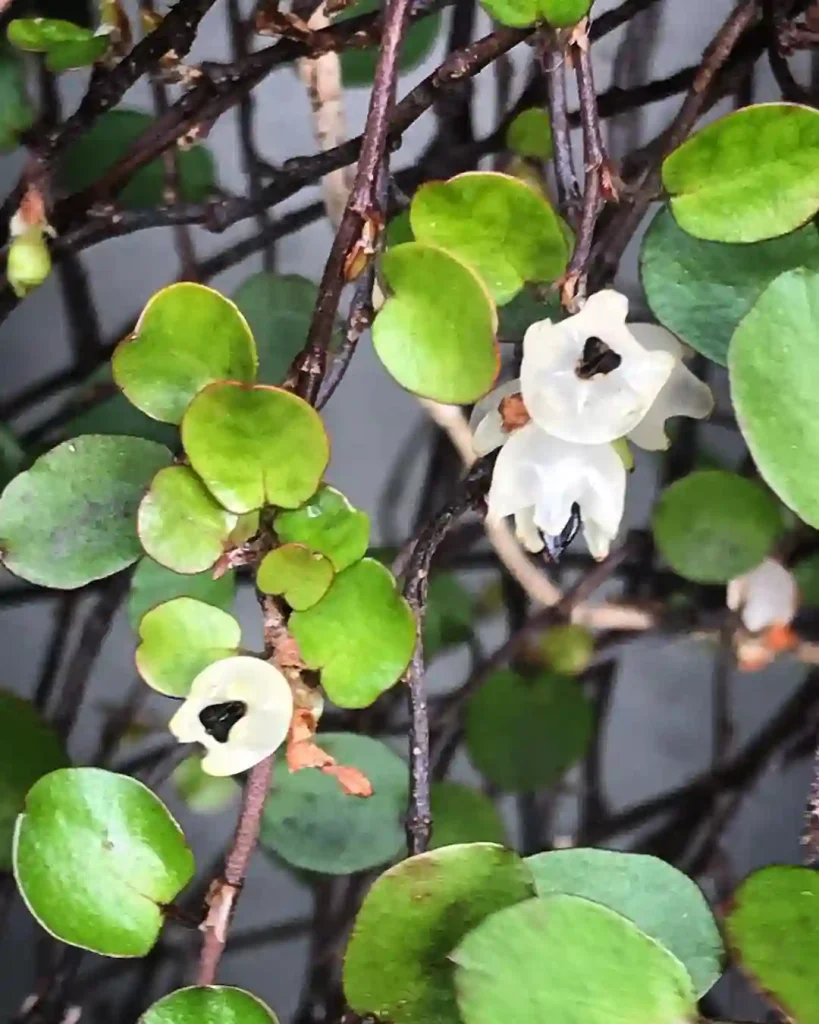Parahebe Perfoliata: A Comprehensive Guide
I’ve recently been diving into the world of Parahebe Perfoliata, a synonym of Veronica Perfoliata, and I’m excited to share some key insights and frequently asked questions about this fascinating plant. From care tips to propagation methods, I’ve gathered useful information that can help both new and seasoned gardeners. Here’s everything you need to know about Parahebe Perfoliata.
What Is Parahebe Perfoliata?
Parahebe Perfoliata, also known as the “Fanleaf Parahebe,” is a charming perennial plant native to the Southern regions of Australia. It’s celebrated for its unique fan-shaped leaves and delicate, small white to pale pink flowers. The plant typically grows to about 1 to 2 feet in height and spread, making it a great choice for smaller gardens or as a ground cover.
496 Species in Genus Veronica
How to Care for Parahebe Perfoliata?
Taking care of Parahebe Perfoliata is relatively straightforward. Here are some essential care tips:
- Light: Parahebe Perfoliata thrives in full sun to partial shade. It’s best to provide it with at least four hours of direct sunlight each day. In hotter climates, some afternoon shade can help protect it from intense heat.
- Soil: This plant prefers well-drained soil that is slightly acidic to neutral. A sandy loam or loamy soil is ideal. Good drainage is crucial to prevent root rot.
- Watering: Water Parahebe Perfoliata regularly to keep the soil moist but not waterlogged. It’s best to allow the top inch of soil to dry out between waterings. During dry spells, more frequent watering might be necessary.
- Fertilizing: Feed the plant with a balanced, all-purpose fertilizer once a month during the growing season (spring and summer). Avoid over-fertilizing, as this can lead to excessive foliage growth at the expense of flowers.
How to Propagate Parahebe Perfoliata?
Propagating Parahebe Perfoliata can be done through seed or cuttings:
- Seed Propagation: Sow seeds in a well-draining seed-starting mix. Lightly cover the seeds and keep them moist. They generally germinate in 2 to 3 weeks. Once seedlings are large enough to handle, transplant them into individual pots or directly into the garden.
- Cuttings: Take semi-hardwood cuttings in late summer or early fall. Dip the cut end in rooting hormone and plant in a mix of perlite and peat moss. Keep the cuttings in a humid environment until roots develop, which usually takes a few weeks.
What to Plant With Parahebe Perfoliata?
Parahebe Perfoliata pairs beautifully with a range of other plants:
- Ground Covers: Consider planting it alongside low-growing ground covers like Creeping Thyme or Blue Star Creeper for a lush, multi-layered look.
- Ornamental Grasses: Grasses like Blue Fescue or Carex can complement its foliage and add texture to the garden.
- Flowering Plants: Mix it with other perennials such as Lavender or Coneflowers to create a colorful and diverse planting area.
Benefits of Parahebe Perfoliata
Parahebe Perfoliata offers several benefits for gardeners:
- Aesthetic Appeal: Its unique leaf shape and delicate flowers add visual interest to any garden.
- Low Maintenance: Once established, it requires minimal care and can thrive with basic maintenance.
- Attracts Pollinators: The flowers attract bees and butterflies, enhancing the biodiversity of your garden.
Is Parahebe Perfoliata Toxic?
Good news for pet owners and families: Parahebe Perfoliata is non-toxic. It’s safe to have around children and pets, making it a great choice for family-friendly gardens.
Common Problems and Solutions
Despite its hardiness, Parahebe Perfoliata can face a few issues:
- Root Rot: This can occur if the plant is overwatered or if the soil doesn’t drain well. Ensure proper drainage and avoid waterlogging.
- Pests: While not overly prone to pests, watch out for aphids or spider mites. Treat infestations with insecticidal soap or neem oil.
How Does Parahebe Perfoliata Compare to Similar Plants?
Parahebe Perfoliata is sometimes confused with other similar plants like Hebe or Veronica. Here’s how it stands out:
- Parahebe vs. Hebe: Parahebe Perfoliata is a smaller, more delicate plant compared to Hebe, which can grow larger and more robust. Parahebe has unique fan-shaped leaves, while Hebe has more traditional, elongated leaves.
- Parahebe vs. Veronica: Veronica, or Speedwell, typically has more upright growth and different flower shapes compared to the spreading, fan-like growth of Parahebe.
I hope this guide helps you get to know Parahebe Perfoliata better. Whether you’re looking to add a unique touch to your garden or simply curious about this plant, it’s a wonderful choice for many garden settings.
If i die, water my plants!



